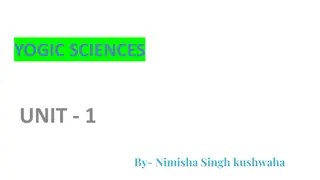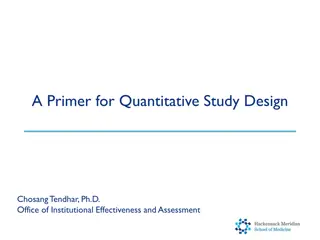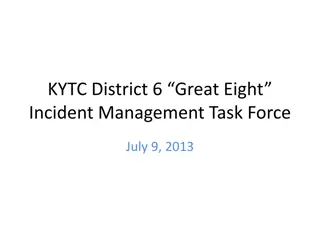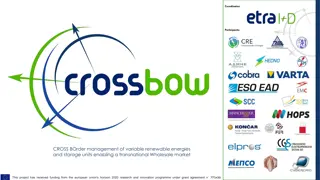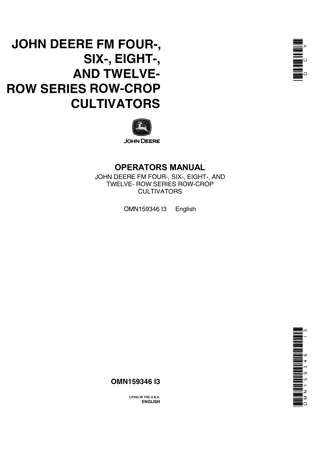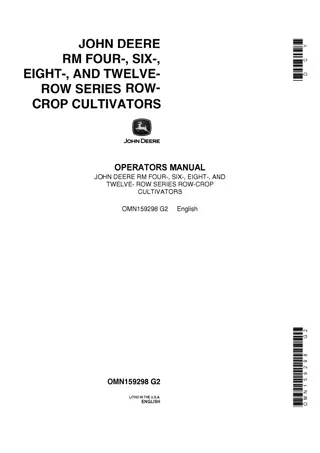Lecture Eight
A detailed overview of die casting, a permanent mold process involving injecting molten metal into a cavity under high pressure using hot-chamber or cold-chamber machines. The hot-chamber process is ideal for low melting-point metals like zinc and magnesium, while the cold-chamber process is suitable for aluminum and brass alloys.
Download Presentation

Please find below an Image/Link to download the presentation.
The content on the website is provided AS IS for your information and personal use only. It may not be sold, licensed, or shared on other websites without obtaining consent from the author.If you encounter any issues during the download, it is possible that the publisher has removed the file from their server.
You are allowed to download the files provided on this website for personal or commercial use, subject to the condition that they are used lawfully. All files are the property of their respective owners.
The content on the website is provided AS IS for your information and personal use only. It may not be sold, licensed, or shared on other websites without obtaining consent from the author.
E N D
Presentation Transcript
Lecture Eight Die Casting A permanent mold casting process in which molten metal is injected into mold cavity under high pressure Pressure is maintained during solidification, then mold is opened and part is removed Molds in this casting operation are called dies; hence the name die casting Use of high pressure to force metal into die cavity is what distinguishes this from other permanent mold processes
Die Casting Machines Designed to hold and accurately close two mold halves and keep them closed while liquid metal is forced into cavity Two main types: 1. Hot-chamber machine 2. Cold-chamber machine
Hot-Chamber Die Casting Metal is melted in a container, and a piston injects liquid metal under high pressure into the die High production rates 500 parts per hour not uncommon Applications limited to low melting-point metals that do not chemically attack plunger and other mechanical components Casting metals: zinc, tin, lead, and magnesium
Hot-Chamber Die Casting Hot-chamber die casting cycle: (1) with die closed and plunger withdrawn, molten metal flows into the chamber
Hot-Chamber Die Casting (2) plunger forces metal in chamber to flow into die, maintaining pressure during cooling and solidification.
Hot-Chamber Die Casting (3) Plunger is withdrawn, die is opened, and casting is ejected
Cold-Chamber Die Casting Machine Molten metal is poured into unheated chamber from external melting container, and a piston injects metal under high pressure into die cavity High production but not usually as fast as hot-chamber machines because of pouring step Casting metals: aluminum, brass, and magnesium alloys Advantages of hot-chamber process favor its use on low melting-point alloys (zinc, tin, lead)
Cold-Chamber Die Casting Cycle (1) With die closed and ram withdrawn, molten metal is poured into the chamber
Cold-Chamber Die Casting Cycle (2) Ram forces metal to flow into die, maintaining pressure during cooling and solidification
Cold-Chamber Die Casting Cycle (3) Ram is withdrawn, die is opened, and part is ejected
Molds for Die Casting Usually made of tool steel, mold steel, or maraging steel Tungsten and molybdenum (good refractory qualities) used to die cast steel and cast iron Ejector pins required to remove part from die when it opens Lubricants must be sprayed onto cavity surfaces to prevent sticking
A die casting that measures about 400 mm diagonally for a truck cab floor (courtesy of George E. Kane Manufacturing Technology Laboratory)
Die Casting: Advantages and Limitations Advantages: Economical for large production quantities Good accuracy and surface finish Thin sections possible Rapid cooling means small grain size and good strength in casting Disadvantages: Generally limited to metals with low metal points Part geometry must allow removal from die
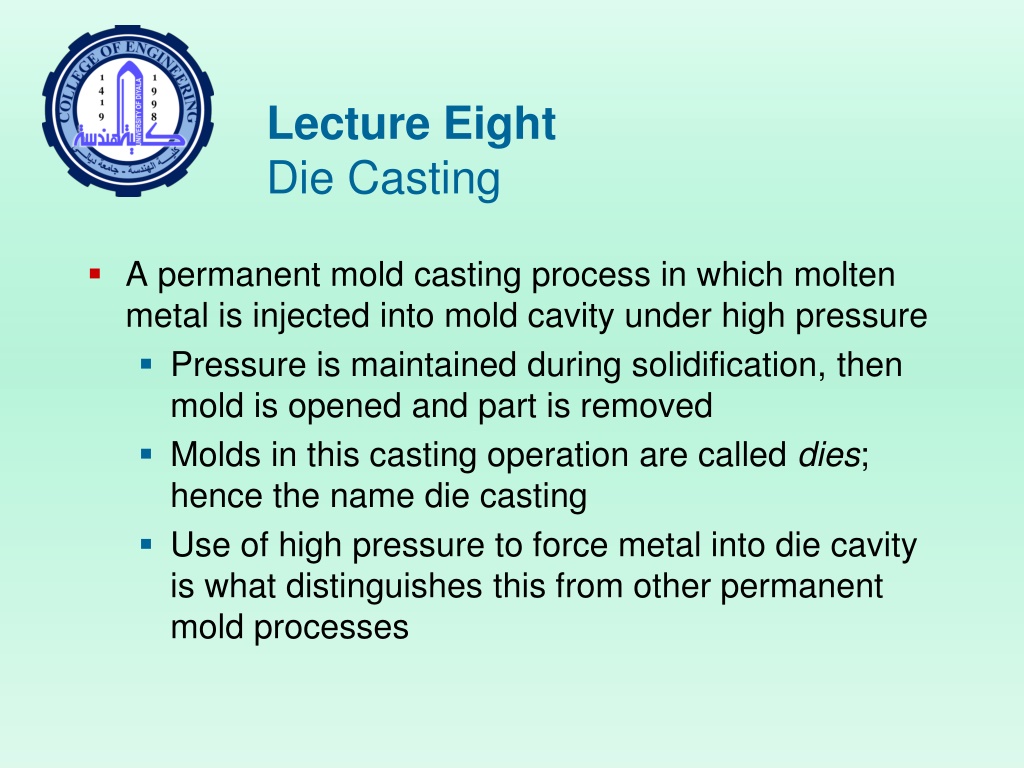

![❤[PDF]⚡ Gemini 5: Eight Days in Space or Bust (Springer Praxis Books)](/thumb/21621/pdf-gemini-5-eight-days-in-space-or-bust-springer-praxis-books.jpg)



